Description
Introduction
What is a Chemical Injection Quill?
Chemical injection quills are used in industrial processes to introduce chemicals into pipes or containers. They are usually installed in pipes or storage tanks and can control the injection of chemicals such as corrosion inhibitors, scale inhibitors, or fungicides. To ensure the uniform and safe dispersion of chemicals.
This is a chemical injection quill with a DBB valve. The DBB valve is a double block and bleed ball valve.
Classification of Double Block and Bleed Valves
Double Block and Bleed (DBB) valves are chiefly classified into two types based on their body structure:
Modular or Split Body Type DBB Valve:
This design features two ball valves in one unit for increased safety. The discharge needle valve located between the two ball valves of the double plug and discharge valves assists in the discharge process and resets the pressure to zero. The modular three-piece body structure benefits both gauges and pipes. Instrument valves range in size from 1 inch to 3 inches, while pipe valves range in size from 1 inch to 24 inches. API ratings for all stress levels range from 3,000 to 10,000, with scores between 150 and 2,500 pounds.
Integral DBB Valves:
These valves are primarily used in the instrumentation industry and are available in a variety of designs to meet different needs. These types include flange-to-flange, flange-to-thread, injection and sampling, and ball and needle types. Similar to the modular type, the integral double resistance release valve also has a discharge pin valve between the two ball valves, allowing the valve to discharge and reset pressure to zero.
Understanding Chemical Injection Quills
The Design and Structure of a Chemical Injection Quill
Understanding the design and construction of chemical injection pens is essential for their effective operation and maintenance. This special type of chemical injection feather has flange connections, especially RF flanges, for safe and reliable connection to other components or piping systems. The design and construction of this chemical injection pen have been carefully designed to ensure efficient chemical injection, easy maintenance, safe and durable in a variety of challenging environments.
What makes this model outstanding is its retrievability. Specialized tools can be used to retrieve the plume, which is particularly useful in maintenance or troubleshooting operations. This feature significantly improves the ease of operation and process efficiency.
The nozzle of the chemical injection quill is “sampling type”. This design ensures that the liquid is injected into the pipe in one direction, thus controlling the distribution of the chemical more effectively. In addition to sampling types, there are other nozzle designs such as parallel, vertical, and open. These different nozzle types cater to the specific requirements of different applications, providing versatility for a variety of operating conditions.
The quill has an entry protection rating of up to IP66, which means it provides a high level of dust, dirt and water protection, making it suitable for harsh environments. In addition, it meets the explosion-proof rating Exd II BT4, indicating that it is safe for use in potentially explosive environments.
Finally, the material used in the construction of this chemical injection quill is crucial for its longevity and chemical resistance. The model can be constructed from a variety of materials, including stainless steel 304, stainless steel 316, duplex steel F51, F53, F55 and Inconel. Each material has unique properties that allow the quill to resist different types of chemicals and environmental conditions.
Applications of Chemical Injection Quills
Chemical Injection Quills in the Oil and Gas Industry
Chemical injection quills play a vital role in the oil and gas industry as they are used to inject various chemicals directly into oil or natural gas. These chemicals have a variety of uses, such as reducing corrosion, preventing the formation of hydrates, or controlling the viscosity of the delivered material. By injecting these chemicals directly into the fluid, the tube ensures that they are evenly distributed, improving overall process efficiency and safety.
The Role of Chemical Injection Quills in Water Treatment Plants
Chemical injection quills are used in industrial processes to introduce chemicals into pipes or containers. They are usually installed in pipes or storage tanks and can control the injection of chemicals such as corrosion inhibitors, scale inhibitors or fungicides. To ensure the uniform and safe dispersion of chemicals.
Chemical Injection Quills in the Pharmaceutical Industry
In the pharmaceutical industry, chemical injection tubes are used to add precise doses of various substances to pharmaceutical solutions. These substances can be active pharmaceutical ingredients, preservatives, pH regulators, or other additives. The quill ensures that these substances are added evenly, maintaining the quality and consistency of the final product. This precision is crucial in pharmaceutical production, where quality control is crucial.
Frequently Asked Questions
- What is the lifespan of a typical Chemical Injection Quill?
The service life of chemical injection quills can vary greatly depending on operating conditions, the type of chemicals used, and maintenance. However, under typical conditions and with proper maintenance, a high quality chemical injection quill should last several years.
- How do I know if my Chemical Injection Quill is malfunctioning?
Signs that your chemical injection pen may be malfunctioning include inconsistent flow rates, leaks, or a marked decrease in process efficiency. If the injected chemicals are not evenly distributed, or if the quill does not respond correctly to the adjustment, it may be a failure. Regular inspection and maintenance is recommended to ensure optimal operation.
- Can Chemical Injection Quills withstand high-pressure environments?
Yes, many chemical injection quills are designed to withstand high pressure environments. The exact pressure limit will depend on the specific model and material used to build the quill. Always refer to the manufacturer’s specifications to ensure that a particular quill is suitable for your intended operating pressure.
- How do I clean a Chemical Injection Quill?
Cleaning chemical injection quills usually involves flushing the system with a compatible cleaning solution to remove any remaining chemicals or buildup. It is recommended to follow the manufacturer’s instructions or consult a professional to ensure proper cleaning. Always remember to use proper safety equipment when cleaning quills, especially when hazardous chemicals are involved.
- What are some common misconceptions about Chemical Injection Quills?
A common misconception is that all chemical injection quills are the same. In fact, quills vary greatly in design, material, and function to meet different application and operational requirements. Another misconception is that quills are maintenance-free. While they are designed for durability and long-term use, regular inspection and maintenance is essential to ensure their service life and optimal performance.



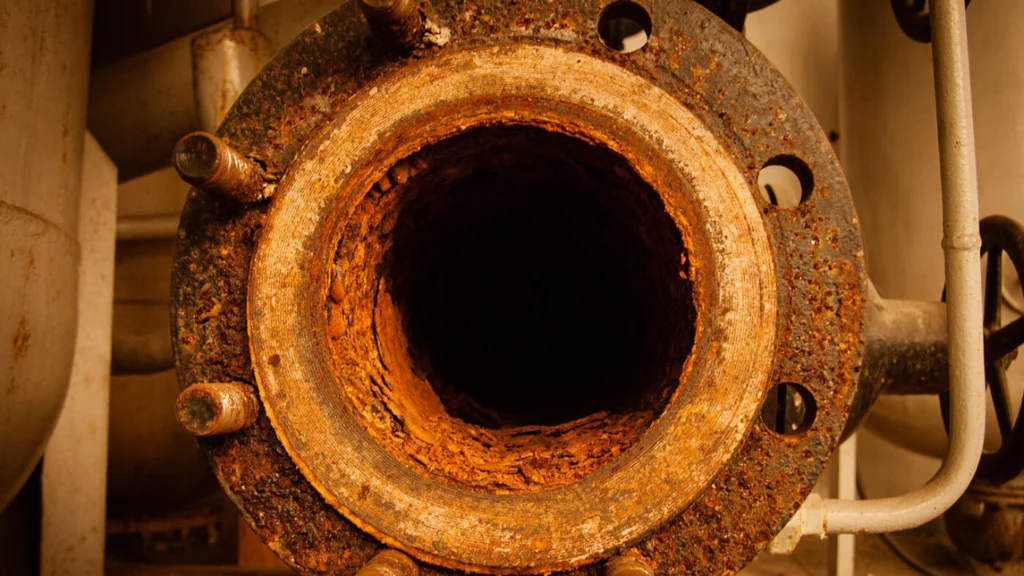

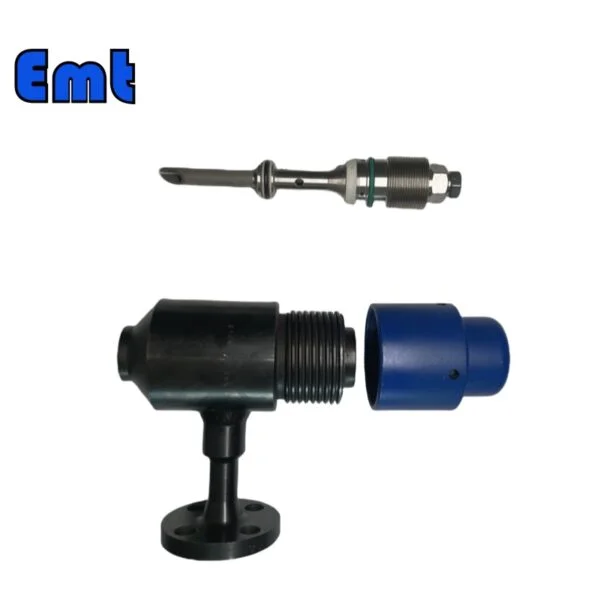
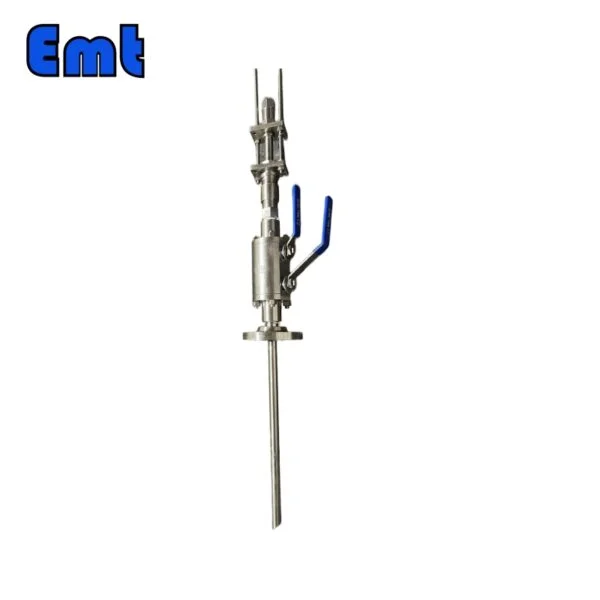
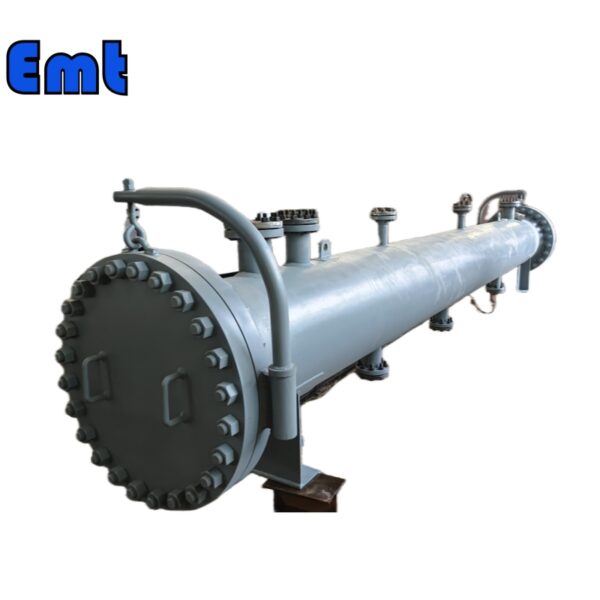
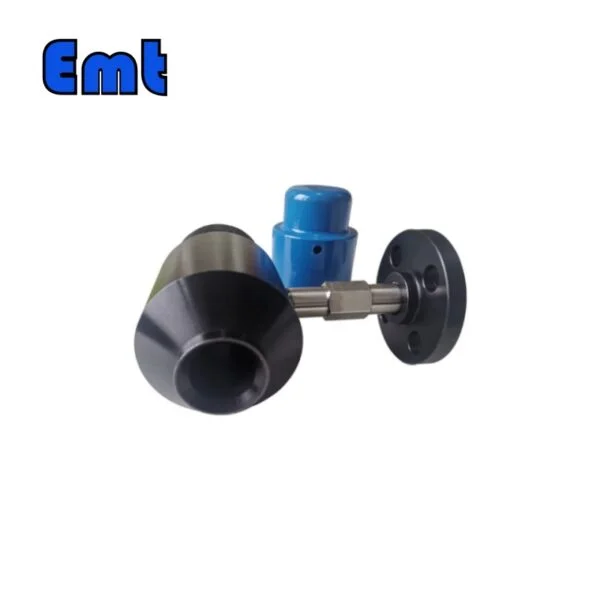
Reviews
There are no reviews yet.